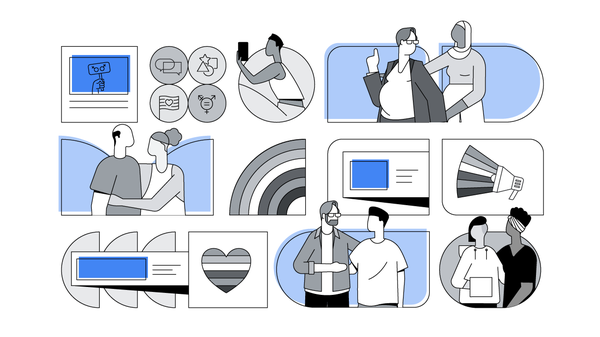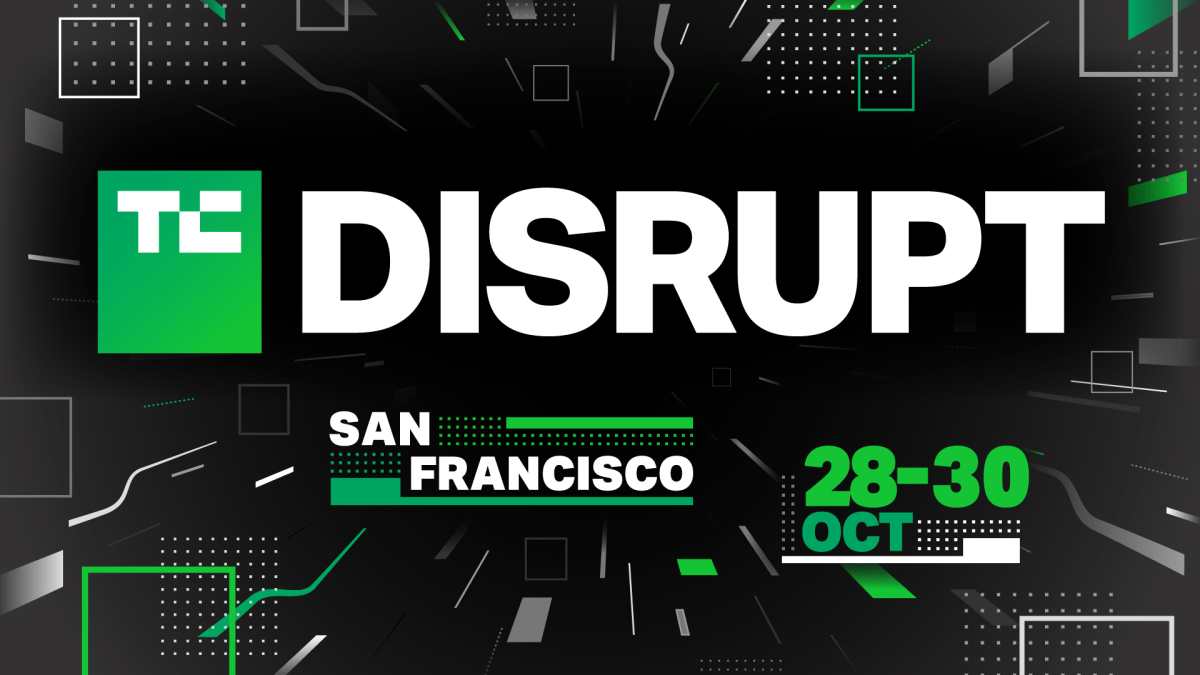
Adrienne Hayes, VP, global devices and services at Google, and Sarah Kate Ellis, president and CEO at GLAAD, the world’s largest LGBTQ+ media advocacy organization, offer guidance for marketers looking to build trust and ensure their campaigns authentically celebrate the LGBTQ+ community.
The quest for LGBTQ+ acceptance and equal rights has made great strides. Today, when anti-LGBTQ rhetoric rears its head, it’s routinely met with broad opposition and outrage. In recent years, advertisers have played a larger role in supporting this progress by advocating for LGBTQ+ people, partnering with queer luminaries, and creating ads that normalize LGBTQ+ stories in the wider culture.
But the fight for LGBTQ+ acceptance is far from won. Even as the world celebrates Pride 2024, LGBTQ+ people still face the effects of regressive legislation and the bigotry that it implicitly endorses, including organized efforts to turn back the clock on hard-earned progress.
In 2023, a small-but-noisy minority took aim at some advertisers that have prioritized LGBTQ+ inclusion in their marketing efforts. These are fringe protests, but they have caused real concern for brand stewards and may even lead some to dial down LGBTQ+ representation in their ads.
This would be a mistake. According to research examining acceptance and attitudes toward LGBTQ+ Americans, 91% of non-LGBTQ Americans agree that LGBTQ+ people should have the freedom to live their lives and not be discriminated against. So rather than withdraw, advertisers should take steps to ensure that their LGBTQ-inclusive advertising highlights their brands in the best possible light. Below we offer some advice on how to do this.
Strong brands keep showing up for LGBTQ+ audiences
First, it’s important to note that most advertisers have not veered from their Pride 2024 marketing plans. More than three-quarters (78%) of corporate executives and Fortune 500 leaders in a recent survey said they don’t plan to change their Pride strategy this year. Thirteen percent were unsure, and just 9% said they definitely planned to make changes.
Clearly, most advertisers know that LGBTQ+ inclusion is good for business, and they remain committed to using their platforms to celebrate diversity and promote equity. At the same time, it’s not enough to just “check the box” on representation. Every marketer needs to be smart in their approach and ensure that inclusion efforts are authentic to the brand’s mission and values.
For help with achieving these goals, many advertisers look to GLAAD, a nonprofit that consults with brand and agency leaders to bring LGBTQ+ visibility into their marketing campaigns. Google and GLAAD have worked together over the past several years to improve LGBTQ+ representation in the brand’s ads.
GLAAD publishes a score card that grades advertisements on a 5-point scale, from “failing” to “excellent.” Scores are based on a range of factors, including the nature of LGBTQ+ content in an ad, the amount of screen time given to LGBTQ+ people, and when and where the ad appeared.
The four principles of “excellent” representation in ads
Ads that score an “excellent” rating from GLAAD share key characteristics.
- They make inclusion overt and multifaceted. These ads contain multiple examples of inclusion, from iconography to specific people and places. A recent example from Google Pixel featured U.S. women’s soccer icon Megan Rapinoe.
- They showcase universal, everyday experiences. Top-ranked ads avoid stereotypes and tropes, including gratuitous depictions of harm. Instead, they focus on joy and important life moments, such as graduations and baby showers, or everyday activities. This 2023 Valentine’s Day ad from McDonald’s is a great example of inclusive representation.
- They go beyond well-known, “out” voices. Outstanding LGBTQ-inclusive ads don’t rely on an LGBTQ+ celebrity’s star power. The best ones take a more personal angle, allowing that person to share their journey, or they celebrate ordinary people from all walks of life. The point is to seek diverse representation.
Both Google and McDonald’s ads illustrate this last principle by featuring everyday couples showing each other affection. Though Rapinoe is the central figure in Google’s ad, the story makes a point of including multiple couples embracing, proposing, and getting married. This is what it means to walk the talk.
There are many more ways for companies to support LGBTQ+ inclusion and equity beyond creative messaging. Creating ads that highlight the extent to which the brand is a partner beyond Pride month, and supporting the LGBTQ+ community through sponsorships, hiring practices, donations, and more, can be a strong way to demonstrate commitment to allyship.
It’s more important than ever for brands to renew their commitments to inclusion in advertising. Regarding LGBTQ+ people and allies, this is not only the right thing to do but also a driver of brand loyalty. Perhaps the simplest, most effective argument for depicting LGBTQ+ stories in advertising is that gay, bi, trans, nonbinary, and queer people are permanently woven into the fabric of society. Advertisers must speak to the whole culture, not just part of it, if they want to grow. Holding space for LGBTQ+ lives, on a global scale, is the best way to achieve that feat.





